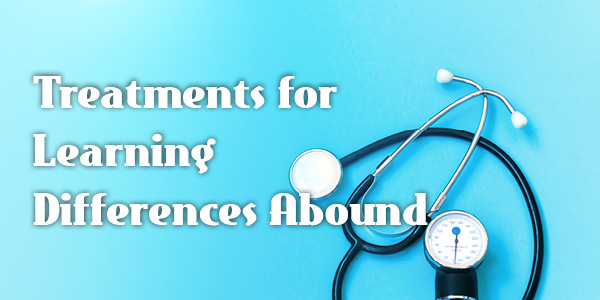Treatments for Learning Differences Abound
It’s estimated that one in five children in the U.S. have learning disabilities. These range from dyslexia, dysgraphia, ADHD, dyspraxia, speech problems and other issues that can create barriers in living a fully-functional life.
Luckily, the medical community has caught up with the prevalence of these diagnoses to offer specialized therapies.
It used to be that only the most severe cases of brain-based difficulties were diagnosed. Children who did not overtly demonstrate symptoms were mislabeled.
Technology and a deeper understanding of the brain’s wiring have allowed medical professionals to recognize learning disabilities in children.
Multi-service pediatric therapy clinics provide a starting point for parents when signs of learning differences in children appear.
Once a diagnosis is in place, treatments include occupational therapy, physical therapy, speech therapy, behavioral therapy and medication.
Therapists can also assist in creating modification plans for the classroom.
One in 16 public school children in the U.S. have Individualized Education Programs, and one in 50 have 504 Plans to allow for special accommodations for children with learning differences. Yet millions of children remain undiagnosed.
If parents notice their child experiencing difficulties in reading, writing, math, organization, focus, listening comprehension, social skills or motor skills, a pediatrician or a pediatric therapist can assist with testing and provide a diagnosis and treatment options.

